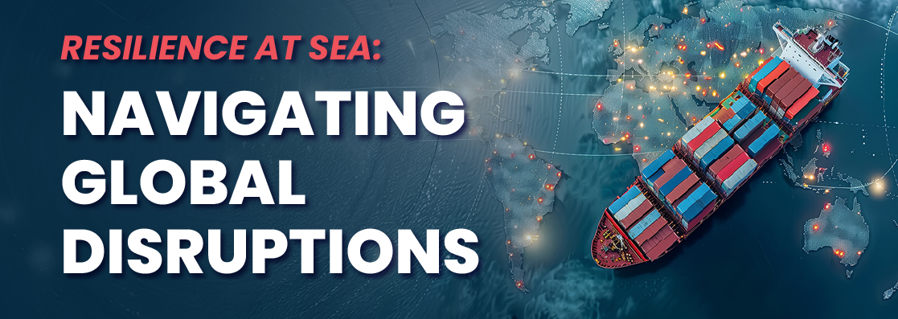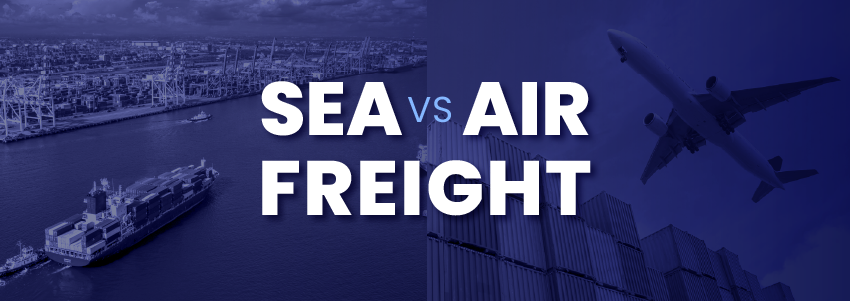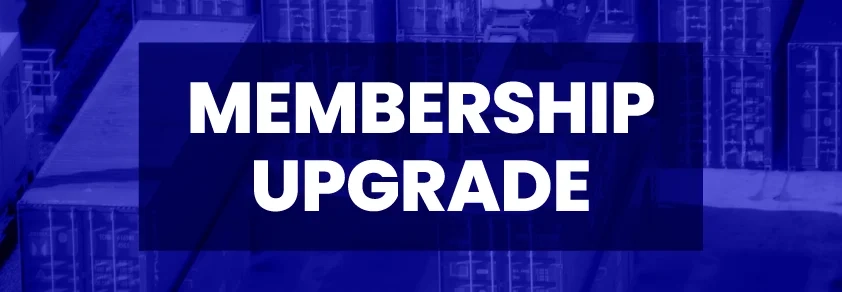Resilience at Sea: Navigating Global Disruptions
Sea freight has for centuries supported world commerce, but the past years have shown just how vulnerable supply chains are. From pandemic-induced closure of ports to shortage of containers, extremes of weather, and geopolitics, disruption is now part of shipping's daily existence. It is not if issues are going to arise for shippers and forwarders, it is by how much and how rapidly they are able to respond.
Disruptions in a Global Supply Chain
Disruptions take many forms. Sudden port strike can leave cargo stranded for weeks. Weather in another part of the world can force ships to divert course, congesting yards on the opposite side of the world. Regulation or customs policy changes can freeze clearance and invoke unexpected costs. Sea cargo swings even impact decision-making in industries elsewhere in the world.
For businesses that operate through international supply chains, disruptions translate to real-world outcomes: empty shelves, frozen projects, increased costs, and strained connections to consumers. That's where resilience is more than rhetoric — it's the capability of sea freight forwarding businesses to take shocks with strides, spring back quickly, and maintain commerce.
The Role of Freight Forwarders in Times of Uncertainty
Freight forwarders find themselves at the center of the balancing act. An old-timer at ocean freight forwarding does more than book space for cargo; they anticipate potential issues and map out alternatives when disruptions occur.
- Routing versatility: If the port is congested, forwarders opt for alternative gateways, shifting from sea freight to rail or trucking to deliver to the destination.
- Multimodal solutions: Air freight complements ocean freight by covering urgent shipments that need to arrive on time.
- Communication: Forwarders are the intermediary between the carrier, port officials, customs authorities, and shippers — communicating to all and staying up to date.
These skills guarantee that even at times of turbulence, clients can choose alternatives as opposed to dead ends.
Resilience in Practice
Disruptions to maritime logistics can come in many guises — a strike by the port, a surprise shift in customs policy, bad weather, or geo-political flare-up. To resilient freight forwarders, being resilient is all about adapting quickly when things don't go according to plan. Rather than hoping for problems to resolve themselves, resilient teams prepare for problems to arise and design alternatives.
In actuality, it commonly consists of routing shipments through alternative ports, swapping sea shipments with air transport or trucking for expedited shipments, or depending upon reliable partners within an international network. Teamwork is the idea: when forwarders, airlines, and agents communicate with one another, they can exchange information early and react quickly.
Technology is at the center of everything. Real-time transparency, predictive analysis, and seamless web platforms enable forwarders to be ahead of risks before they become problems. Held-up cargo at sea can be tracked real-time, today, and alternative fixes can be negotiated with clients immediately. These technologies complement expert knowledge — they don’t replace it — and enable forwarders to deliver consistency even under pressure.
Building Resilient Networks
Developing resiliency is not a task for just one company. It is all of us coming together through the supply chain from ocean forwarders to port providers to inland transportation providers. Global freight networks allow those relationships to be connected.
Through the umbrella of the Freight Forwarders Family (3F), members take care of each other by sharing local intelligence, resources, and opportunities. That way, if disruptions occur in a particular region, they can access dependable associates to provide alternatives elsewhere. It is indeed a network that is structured to augment strength over borders.
3F: Turning Challenges into Opportunities
Sea resilience is no prevention of disruption whatsoever — it's confronting it head-on with preparation and tried collaborations. Members of 3F accept disruptions as part of shipping reality, but so are the solutions. Together, they transform impediments into opportunities to deliver wiser, swifter, and more reliable logistics.
To see how belonging to a strong global network can help your business withstand uncertainty and grow stronger, explore the 3F Network Benefits page.
_logo.webp)



